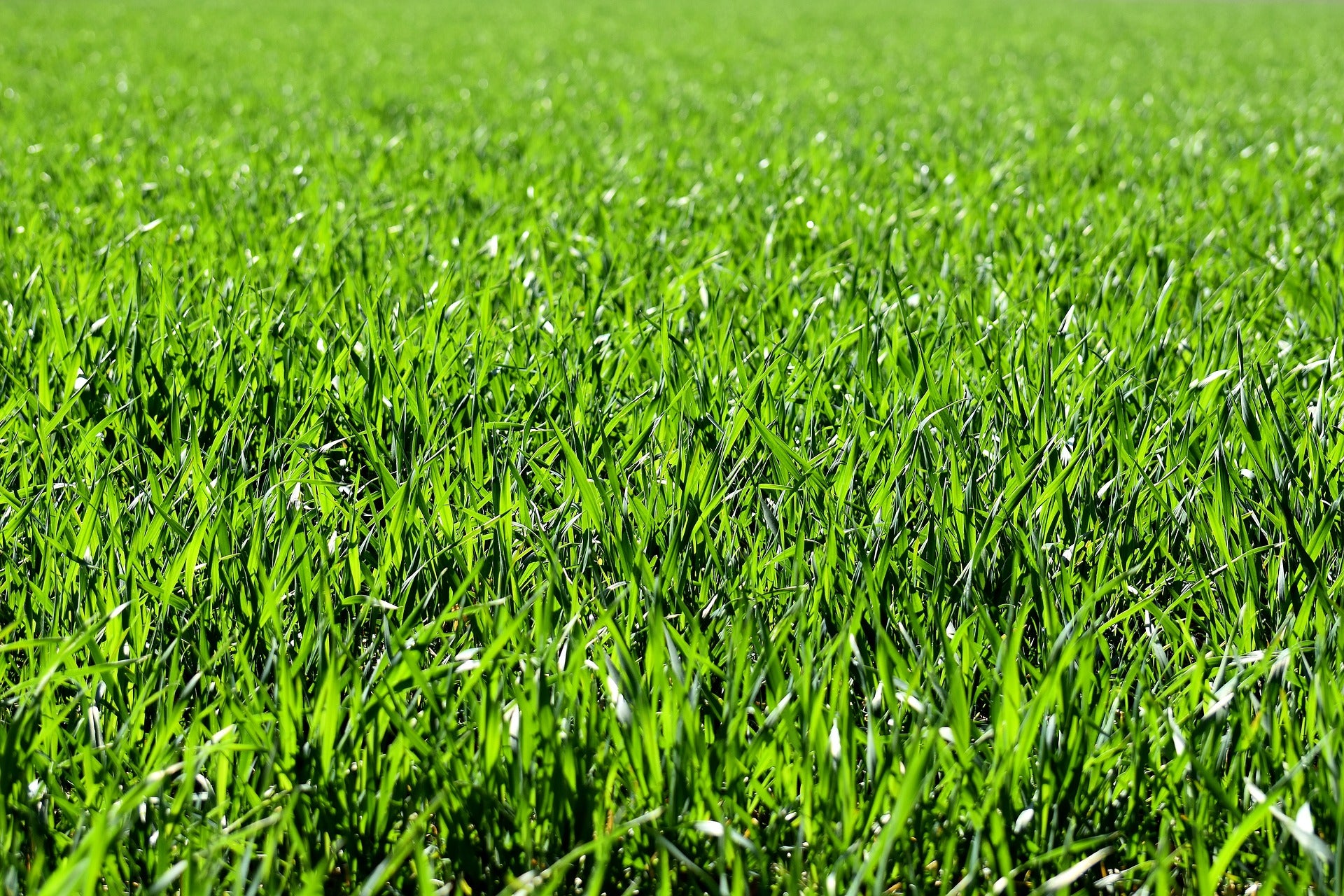Learning more about turfgrass and weed management
Published 10:29 am Saturday, October 5, 2019
By Sheri Bethard
Orange County Master Gardeners Association
(Editor’s Note: This is part two of a two-part series, part one can be read here)
Last week I talked about the different kinds of weeds and Turfgrass. This week I will talk about controlling the weeds in your Turfgrass. Weed control is achieved in several different ways. One way is by digging each one up individually, that is if there are just a few in your landscape. If you have a large area infested by weeds but no Turfgrass, you can cover the area with plastic and leave for about 4 weeks or by using pre and post-emergent herbicides. They are found in both chemical and organic forms.
Pre-emergent herbicides are applied before the weeds sprout through the soil surface. Basically, to control warm-season annual weeds, apply a pre-emergence herbicide in early spring. In our area, January to March would be best, before the soil temperature reaches 55 degrees F. For weeds that tend to sprout later in the summer, a second application may be required in June or July. For cool-season annuals, apply August to September. Of course, this could vary year-to-year depending on our temperatures.
Post-emergent herbicides are applied after weeds have sprouted. They are most effective when weeds are still small, less than 4 inches high.
Contact Herbicides cause damage wherever they touch a plant. To work well they must cover all parts of the leaves and stems, tops and undersides
Systemic Herbicides are absorbed and moved throughout the plant. They are applied to either the soil around the base of the plant or to the plant itself or both. They are moved thru the plant from foliage to roots, stems or other parts of the plants. They work well on perennial weeds since the herbicide moves to all parts of the plant particularly the killing the root, tuber and rhizome growth. These herbicides may need to be applied more than one time 6-8 weeks apart on the tougher weeds.
Selective herbicides will kill one type of plant but not others, like your turf grasses. Nonselective herbicides will kill almost anything they are used on so you must be very careful when using these types of herbicides.
As with all herbicides, it is important to always read the directions before applying to make sure the product you plan on using will take care of the specific weed(s) you are wanting to control. Read before Spraying.
For specific types of weeds Texas A&M AgriLife Extension Service suggests the following:
Sandbur, grassbur, spurweed, cocklebur – Pre-emergent, apply by March 1; Brands – PreM by Lesco; Amaze Grass & Weed Preventor by Green Light; Surflan, A.S. by Southern Ag.; Weed & Grass Preventor by Lilly Miller; weed Stopper by Lawn & Garden Products
Virginia Buttonweed – Postemergence in St. Augustine grass lawns, such as dicamba (Banvel) or products containing dicamba (Trimec) provides some control with two or more applications in spring and summer. If some discoloration of St. Augustine grass can be tolerated, Confront at 2 pints per acre and Scotts DMC at 1 ounce per acre have demonstrated good control of buttonweed.
Dandelion – spray 2,4-D in spring before blooms set
Chickweed, – Spray preemergent herbicides such as simazine, dithiopyr, dacthal, oryzalin, pendimethalin and isoxaben in fall
Henbit – Dicamba, MCPP, and 2,4-D have demonstrated effective control in the fall and early spring
Yellow Sorrel – Apply in early spring preemergenct herbicides such as dacthal, oryzalin (Surflan), pendimethalin (Pre-M), isoxaben (Gallery), dithiopyr (Dimension) and oxadiazon (Ronstar).
Prostrate or Spotted Spurge – Dacthal, pendimethalin, and Surflan have provided good pre-emerge control of spurge in warm-season turfgrasses. To be effective, they must be applied in early spring with a second application being required 60 days after the initial application
Quackgrass – sorry to say about the only herbicide that will get rid of this is qlyphosate. Wear gloves, long-sleeves, and masks when using and paint weed with a brush to keep from damaging nearby plants. Or you could dig the plant out making sure you go deep enough to get all the roots.
Torpedo grass – This is another one that is very hard to get rid of. Again using glyphosate by painting the leaves is a start but you will probably have to do multiple times as it has to be to the rhizomes which are deep in the ground. I have dug them out as deep as a foot.
Nutsedge, nutgrass – preemergent herbicide metolachlor (Pennant) is labeled for the control of yellow nutsedge (commonly known as nutgrass) in ornamental beds. For post-emergent control of sedge, the herbicide imazaquin (Image) is labeled for purple and yellow nutsedge (commonly known as nutgrass)
Chamberbitter weed – Pre-emergence herbicides with atrazine applied in the early spring prior to germination. Another found in the granular form containing isoxaben must be watered in. Post-emergent herbicides also with atrazine are effective when applied to young weeds. Seeds need light to germinate so mulching with 3-4 inches in garden beds will help.
There are many more weeds I could list but these are the most common I have found in our area. If you have a specific weed or any other horticulture question, please call our HOTLINE at 409-745-9708 on Tuesday and Thursdays 10 a.m. – 2 p.m. or send us your question thru our website and we will get back with you.






